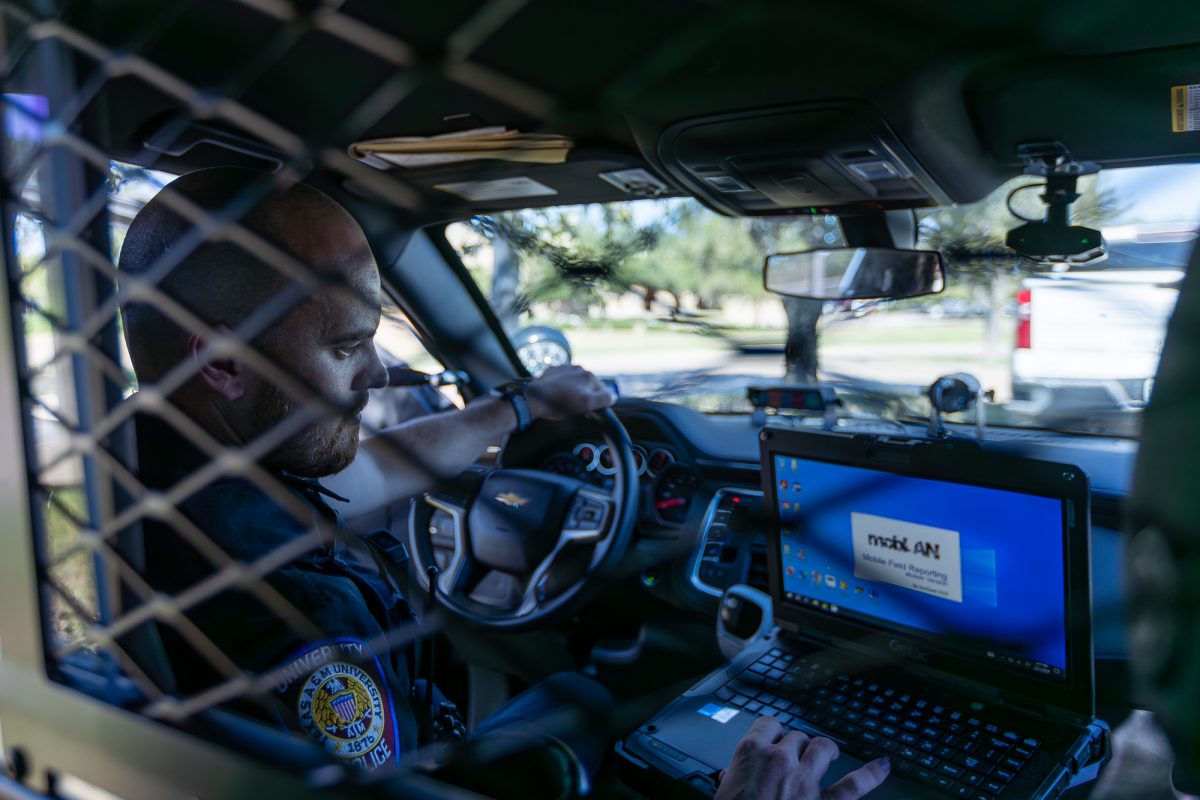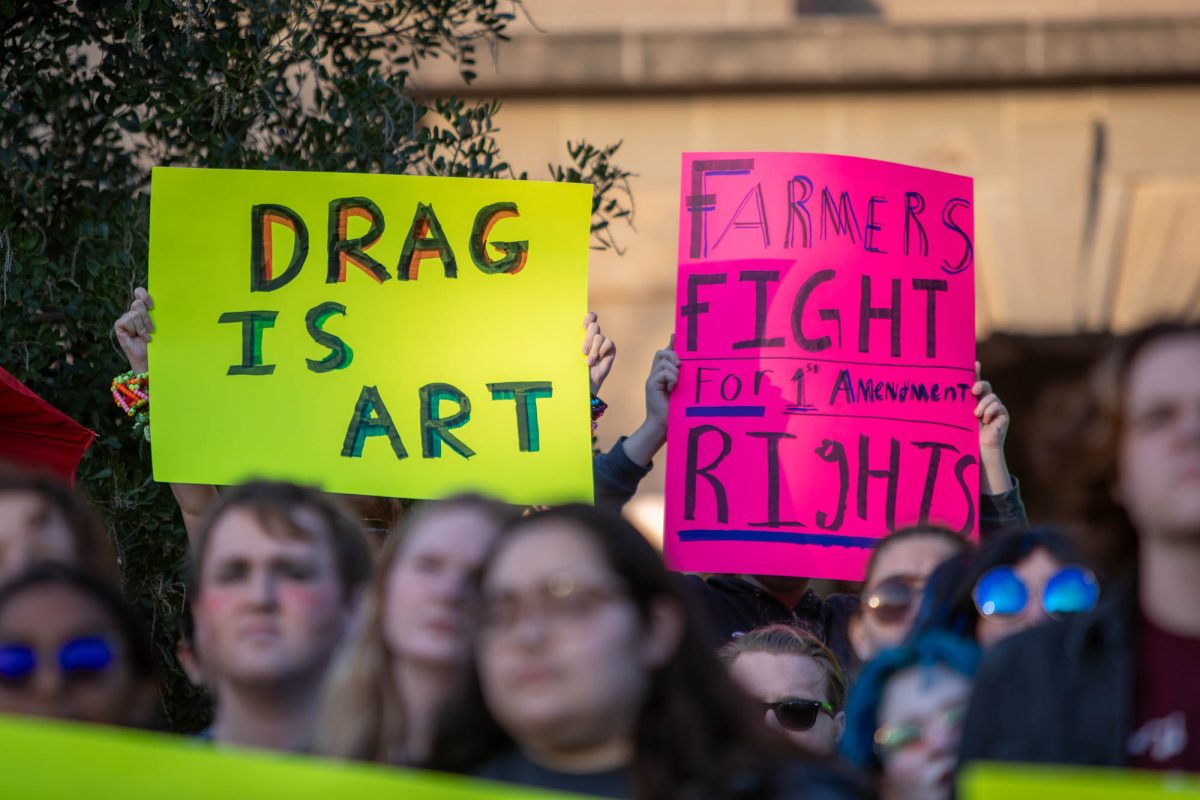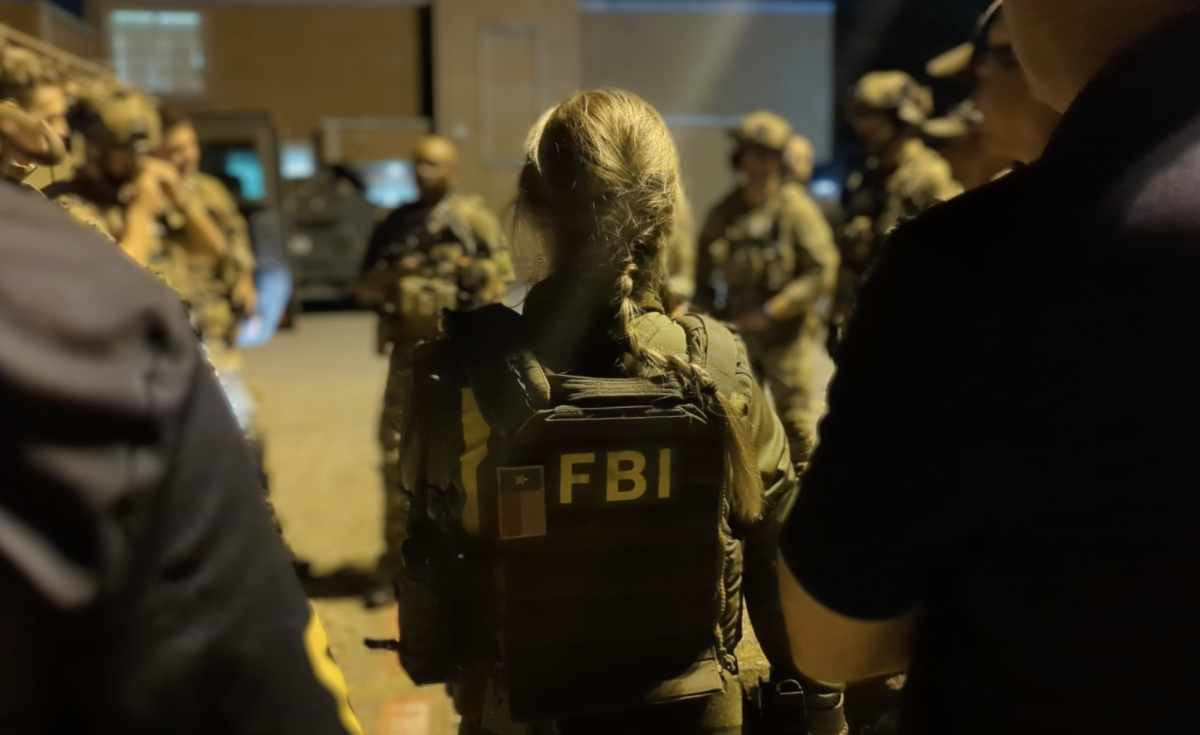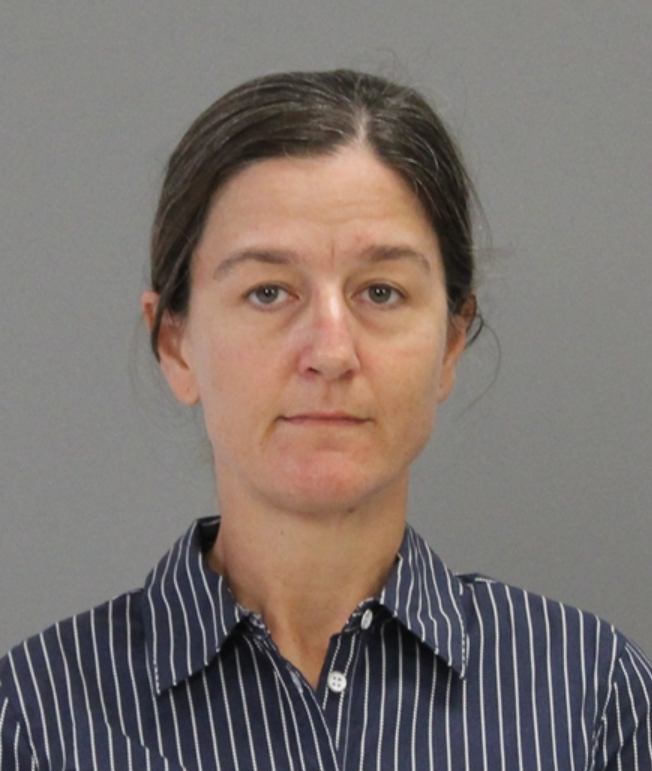From the guy who makes continuous creepy advances in class to electric scooters mysteriously disappearing, the University Police Department keeps note of how many reports take place on campus.
The Texas A&M University College Station Annual Security Report for 2024 was published on Oct. 1. The 77-page document is a resource for students to learn how to report incidents and define specific crimes under the federal Clery Act and updates the statistics from reported Clery-defined crimes counted in the previous year.
Police Lieutenant of Professional Standards Rodger Paxton III, who specializes in Clery for the University Police Department, said that a breakdown of the 41 theft of motor vehicle reports since 2022 were added to the report. The annual report provides students with information about Clery notifications as well as trends in statistics and definitions to classify specific crimes.

“We saw a pretty significant increase in theft of motor vehicles in 2023,” Paxton said. “The reason for that was the personal electric vehicles, skater electric scooters and skateboards and stuff like that.”
Along with a breakdown of what specific vehicles were tampered with, an additional explanation of stalking was added to the report. There was an influx of stalking cases in 2023, with accounts of stalking reported on campus jumping from 222 reports in the year 2022 to 372 this past year.
“Stalking is another one that we saw this year go up quite considerably, and the reason for that is just we’re sharing more information amongst the different departments at the university,” Paxton said. “We’re getting more complete information. … Clery stalking and Penal Code stalking are two different animals.”
According to the annual report, stalking is defined by the Federal Department of Education as two or more acts directed toward another person that put them in fear of personal safety or the safety of others and place them under substantial emotional distress.
This means that not all Clery accounts of stalking fall under the separate Texas Penal Code definition.
“Penal Code stalking is very difficult to reach the elements of the offense, whereas Clery stalking … is super easy to get,” Paxton said. “I mean, you have two in two separate incidents, and it puts the person in fear for their safety or the safety of others or places them in substantial emotional distress. And we’ve got a stalking stat.”
Personal safety is crucial to combating vulnerability to theft and stalking — social media is not an exception Paxton said.
“We get a lot of online stuff, a lot of text message stuff, even potentially some of the scams that students fall victim to,” Paxton said. “Some of that stuff even gets picked up as stalking if there’s more than one course of conduct of it.”
The officers recommend that in light of an increase in the theft of personal motor vehicles, such as e-scooters, students should remain vigilant, note their serial numbers and add recognizable personal touches to their property.
“You can see here we’ve had a little bit of an increase in burglary,” Paxton said. “A lot of that, I think, is just more people reporting to us.”
There are various ways to report crime on campus. From Title IX to Tell Somebody, students can seek campus-provided resources defined within the crime report. The University Police Department’s phone number is on the back of every student ID, according to sergeant and public information officer Jonathan Blythe.
“I don’t want to downplay any of these things because we do want them to still report this stuff,” Blythe said. “I don’t want them to feel like it’s not worthwhile. Let us evaluate it. Let us look into it. Let us investigate and find out the truth. The truth is, if this is something criminal, a lot of times it turns out it’s not. … I would still want them to always report. Always call us. Always tell us what’s going on. Let us look into it.”
The Clery reports differ from the lower number shown in the FBI’s National Incident-Based Reporting System, or NIBRS, as the national standard for law enforcement crime data is different. According to Blythe and Paxton, these NIBRS statistics provide a more accurate representation of how much crime occurs at the university.
“Comparing it to a university with 15,000 students, it makes it look like this scary place with all this crime,” Blythe said. “But we have, I think this year, 79 [thousand] is what they said the other day, 79,000 students like that is a lot. That’s a city. I mean, our crime rate is low when you look at it.”















